#mazda
Next-generation Mazda 6: The Best a Mazda (Sedan) Can Get?
The current-generation Mazda 6 debuted with a shapely body that withstood the passage of time and handling attributes that elevated it above other front-drive, midsize rivals. Alas, the car dropped as the market was moving away traditional midsize sedans. Not helping its case, Mazda was slow to respond with improvements — like a turbocharged 2.5-liter four-cylinder, for example, or all-wheel drive that still hasn’t appeared.
Word is that the next Mazda 6 will correct all criticism of the current car, donning a new layout and propulsion. By the sounds of it, the next-gen 6 will be everything an enthusiast wants, but will there be anyone left to buy it?
Happy Hundredth: Mazda Rolls Out Commemorative Models
While buying a new car has recently fallen in popularity in the Western world, taking a backseat to things like experimenting with rice in the kitchen, watching your neighbor’s dog through a sealed window, and repairing that antique pencil sharpener you bought 8 years ago, the business of selling cars continues.
In Japan, where social distancing measures (and the coronavirus itself) have thus far proven not as severe as in the U.S., there’s a lineup of special editions incoming from Mazda. U.S. customers, however, will have to wait in their homes for updates.
Buy/Drive/Burn: Compact Japanese Pickup Trucks From 1992
Our last two Buy/Drive/Burn entries reflected compact truck offerings in 1972 and 1982. We know you all love talkin’ trucks, so we bring you a subsequent entry in the series today. It’s 1992, and you’ve got to buy a compact Japanese truck.
Hope you can bear the 10-percent interest rate on your loan.
The Mazda CX-5 Diesel Is Still AWOL
When it was rumors and innuendo, when it was delayed, when it was confirmed but unattainable, when it was launched, when it was actually under the hood of a vehicle we could drive on this continent, we’ve covered the story of Mazda’s diesel engine.
It’s a 2.2-liter turbocharged four-cylinder with a measly 168 horsepower but a stirring 290 lb-ft of stump-pulling torque. It resides not in the Mazda 6 for which it was originally intended but rather the highly acclaimed Mazda CX-5. It’s available only in the CX-5’s top-spec Signature trim, and only then at a $4,110 premium that drives the price up to an eye-watering $41,000. Its fuel economy gains are so minimal that the economic case for the CX-5 diesel is nonexistent.
And after one model year and just enough demand to help (in some small way) propel the CX-5 to yet another record sales year, the Mazda CX-5 diesel is missing. Truant. Unaccounted for.
Moreover, there’s no timetable for the CX-5 diesel’s return.
Ace of Base: 2020 Mazda CX-30
At first blush, the confusingly-named 2020 Mazda CX-30 might seem to be simply a CX-3 appended with an errant naught. They do, after all, appear similar now that Mazda has adopted Audi’s different-lengths-of-sausage styling credo. Fortunately for us, the look is a good one.
About 4 inches of length, 40 horses of power, and about 400 pounds of weight separate the CX-30 from the CX-3 (makes it easy to remember, eh? Maybe they shoulda called this the CX-4). As always, the Ace of Base meter is primarily concerned with the entry level model, simply called the “CX-30.”
Any Takers? Docs Herald Mazda 6 Diesel Introduction
The road to America is often a long one, and the 2.2-liter diesel four-cylinder that finally set up shop in the Mazda CX-5 last year took a Donner Party-like detour after leaving Japan.
The Skyactiv-D engine was over half a decade late in arriving on these shores, and when it finally did — cleared by the EPA after certain modifications — journalists were underwhelmed by its power and economy. Now, it’s the midsize Mazda 6’s turn to try ditching gasoline. Will anyone be in line to greet it?
Finally, Mazda Starts Off 2020 on the Right Foot With a U.S. Sales Surge - but the Mazda 3 Disaster Reaches New Proportions
Finally, Mazda appears to be on something of a roll. After U.S. volume at the underdog automaker tumbled to a seven-year low in 2019, January 2020 sales at Mazda jumped 18 percent.
Better yet, January marked the fourth consecutive month of year-over-year gains at Mazda, an essential turnaround for a marque that kicked off 2019 with seven consecutive months of decline. Over the last four months, Mazda’s U.S. sales actually grew by nearly 9,000 sales, a 10-percent uptick.
So, all is well? If Mazda sustains this level of volume growth over the next 11 months, Mazda would follow up its seven-year low from 2019 with a 26-year annual sales high.
The chance for major growth will most definitely fall on the shoulders of the new CX-30, because the fourth-generation Mazda 3’s tragically awful 2019 was followed up by a January in which the 3 rolled over and played dead.
Ace of Base: 2020 Mazda CX-30
There are many things difficult to fathom in the automotive industry, with the story of Carlos Ghosn exiting Japan in a musical instrument case being but one of them. Another is Mazda’s seemingly perpetual streak of diminutive (compared to other brands) sales numbers. When someone asks your author for a recommendation, be it compact car or crossover, the zoom-zoom brand is invariably on the list. They’ve also been enjoying success in endurance racing, taking a podium at this year’s Daytona soirée. Go figure.
But I digress. The mystifyingly named CX-30, apparently picking up an errant “0” on its way to America, is fresh off the boat for 2020. Does it stack up in terms of feature content like other offerings in the showroom?
2019 Was the Worst Year for the Mazda 3 Since 1990 - Won't the CX-30 Make 2020 Even Worse?
There are three main criteria for measuring the degree to which 2019 was a disastrous year for the Mazda 3 in the United States small car marketplace.
First, judge the Mazda 3 based on key competitors. Mazda 3 sales tumbled 21 percent to 50,741 units during a year in which the Honda Civic and Toyota Corolla levelled off north of 300,000 units, in excess of six times the Mazda’s total. The Nissan Sentra, Hyundai Elantra, and Volkswagen Jetta were all at least twice as popular as the Mazda 3; the Kia Forte nearly so. The Subaru Impreza outsold the Mazda, too.
Second, consider how the Mazda 3 fared in comparison with its own historical impact. Over the course of the previous 29 years, Mazda USA averaged nearly 84,000 annual compact Mazda sales – 2019’s total was 39-percent shy of that average; 59-percent below the 3’s 2012 peak performance.
Finally, there’s a method that involves adding a rider to either one of the first two functions: the Mazda 3 accomplished these ignominious feats as a highly regarded, all-wheel-drive-available, new-generation car. Imagine Ford launching an all-new F-150 and watching sales plummet to a 29-year low.
And yet, could 2020 be even worse for the Mazda 3? An Outback-ified version of the 3, the CX-30, is sliding into the lineup at a time when sales of small crossovers are surging. The Mazda 3 can’t compete with the Civic and Corolla. It can’t compete with its own memory. What if it can’t compete with its own sibling?
Mazda's U.S. Skyactiv-X Arrival Definitely Delayed
While other manufacturers are downsizing engines and sticking turbos anywhere they’ll fit, Mazda has attempted to maintain a home for naturally aspirated motors — engines it believes should be sized appropriately for their intended application. On paper, this appears to be giving the competition an edge. Yet Mazda remains committed to offering the right tool for the job, introducing naturally aspirated Skyactiv engines with unusually high compression ratios. The latest, Skyactiv-X, combines spark-controlled gasoline combustion and compression-ignition diesel tech with a 24-volt mild-hybrid system.
The system delivers 178 horsepower and 164 lb-ft of torque in 2.0-liter guise, plus MPG improvements of up to 20 percent vs the old Skyactiv-G. But there’s a problem. With Mazda attempting to go upmarket, an economy-focused powertrain has to deliver in whatever region it’s sold, and introductory Skyactiv-X units are now viewed as too small for the United States. The result? The technology’s delayed arrival in North America, despite its deployment via the new 2.0 liter found in the 2020 Mazda 3 and CX-30 sold in Japan and Europe.
Overseas Mazda MX-5 Gains the Mildest Bit of Electrification
Mazda bigwigs and engineers are still on the fence when it comes to the next-generation MX-5 Miata’s powertrain, but the current generation is still capable of learning new tricks.
The automaker’s European-market MX-5s, at the very least, will take on a standard energy recovery system for the 2020 model year that carries some of the trappings of a hybrid. What the system can’t do is send any amount of electric power to the drive wheels — though it can reduce the load on the conventional gasoline engine.
Thank Heaven for Little (but Not Too Little) Crossovers: At Mazda, One Segment Didn't Disappoint
Too bad about the others. After admitting that it probably should have reconsidered the new-for-2019 Mazda 3’s U.S. pricing strategy, the Hiroshima-based automaker can sit back and look at last year’s results in full. Topping that page is a 7.2 percent sales decline — the result of volume slippage among all nameplates but one.
Nothing beats a compact crossover for surefire popularity.
As Mazda's CX-3 Sheds Trims in the U.S., UK Buyers Can Expect a Disappearance
The smallest Mazda crossover, which happened to be too small for a friend of this writer, enters the new decade with a greatly reduced presence. Not just in America, but overseas, too.
While the U.S.-market CX-3 subcompact stands to lose all but one trim in a carefully calculated move by Mazda brass, a different plan is afoot on the other side of the Atlantic.
The Cost of Going Upscale: Mazda Mulls Its Compact Car Strategy
One of the bigger stories this year, albeit one that occurred mostly in the background of splashier news, concerned a fun-to-drive compact car that did pretty well for itself over the past decade. For 2019, that car got a makeover and a push upmarket, aligning it more closely with other models in the lineup. That car was the Mazda 3 — and the 2019 model year brought big changes not only to its content, but also its price.
Gone was the American-market’s base 2.0-liter engine and most of the model’s manual transmission availability, and these omissions played an obvious role in inflating the model’s entry price by roughly three grand. Looking back on the sales decline that marked the new 3’s entry to the market, Mazda’s leadership is expressing regret.
Phantom Braking Leads to Mazda 3 Recall
A system designed to detect obstacles on the road ahead and automatically apply the brakes is acting up in current-generation Mazda 3 vehicles. Seems it’s seeing things that aren’t there.
On Friday, Mazda announced a recall of 35,390 Mazda 3 sedans and hatchbacks in the U.S., spanning the 2019 and 2020 model years.





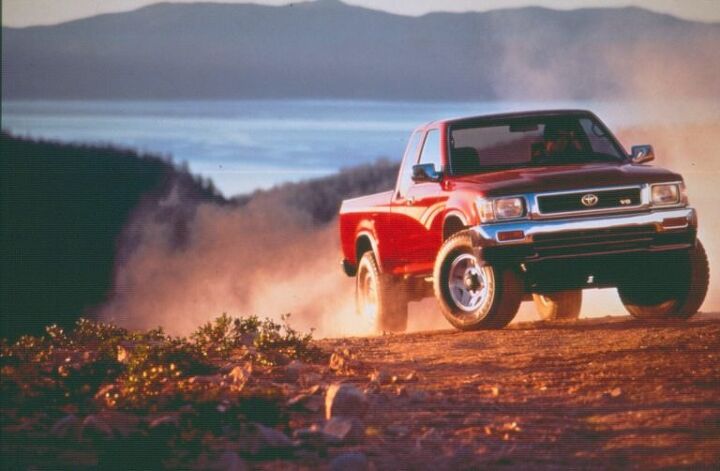
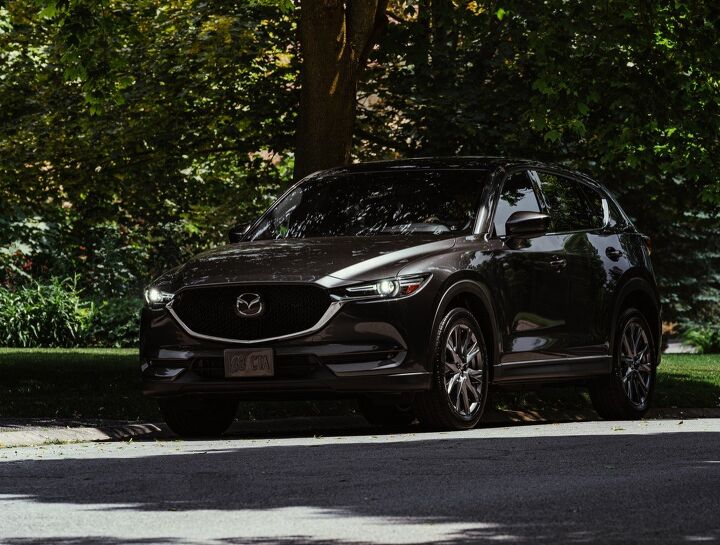





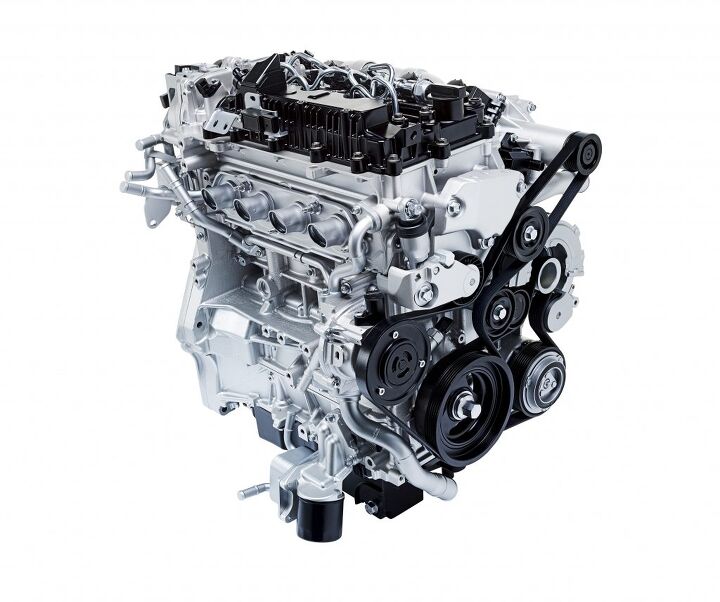

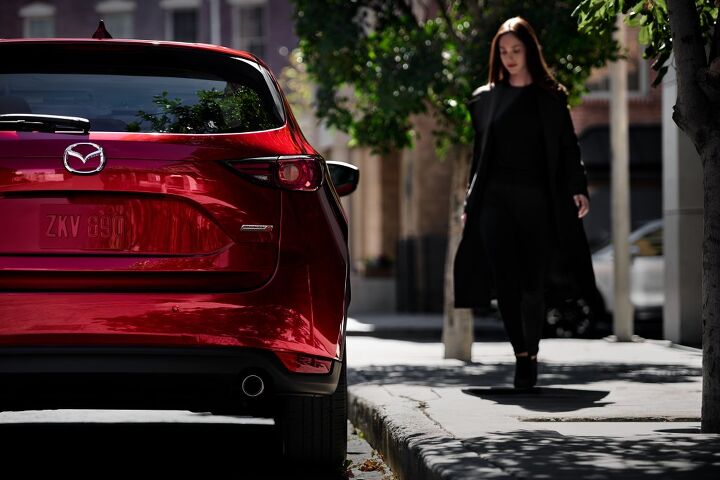
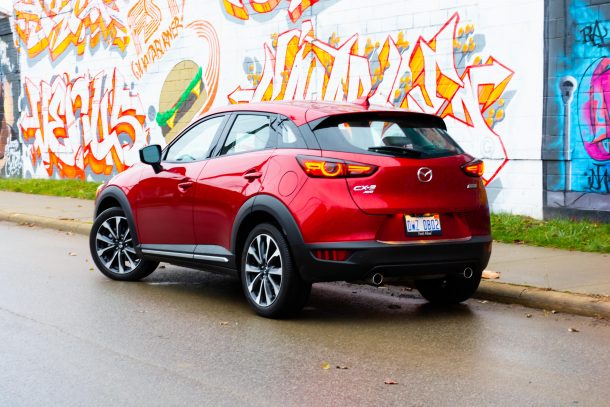
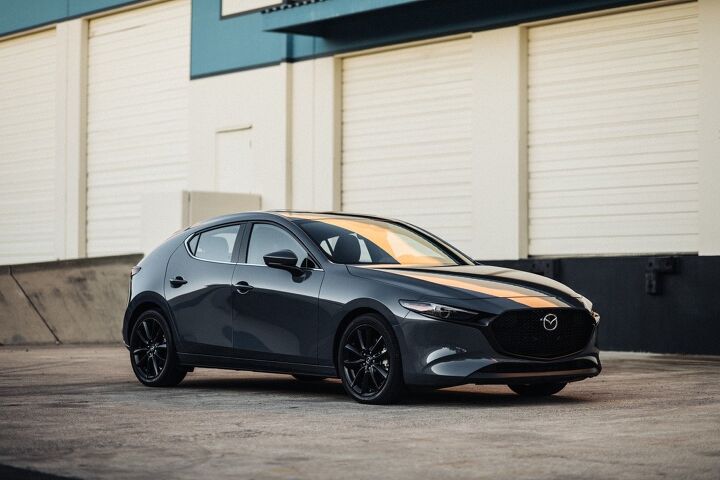













Recent Comments